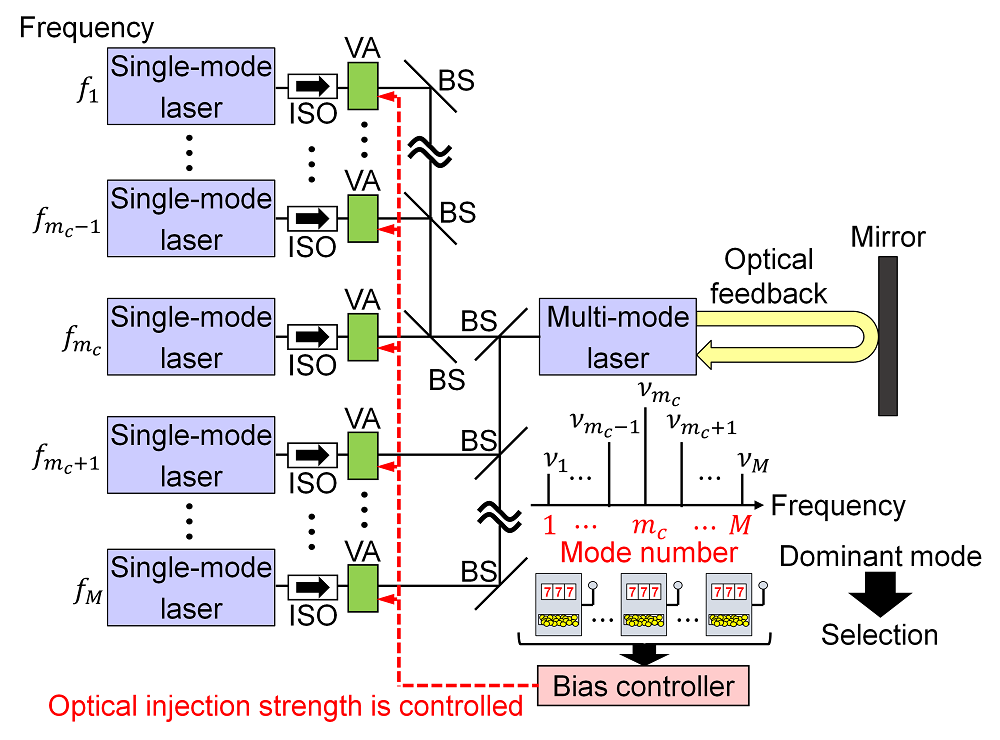2022-12-08 オーストラリア連邦研究会議(ARC)
窒素空孔(NV)センターはダイヤモンドの欠陥の一つで、量子力学的な実験に非常に有効な物質である。磁場、電場、ひずみ、温度に感度があり、ナノスケールの分解能をもつセンサーとしても使用できる。
実験者は、金属ナノ粒子の電子振動(プラズモンとして知られている)を利用して、NVセンターを調整し、輝度と効率の向上を達成することができる。
<関連情報>
- https://ar2022.excitonscience.com/content/News/Boost-quantum-tech.html
- https://www.degruyter.com/document/doi/10.1515/nanoph-2022-0429/html
NVプラズモニクス:プラズモニック金属ナノ粒子を介したNV中心の光放射の変調 NV-plasmonics: modifying optical emission of an NV− center via plasmonic metal nanoparticles
Harini Hapuarachchi, Francesco Campaioli and Jared H. Cole
Nanophotonics Published:October 19, 2022
DOI:https://doi.org/10.1515/nanoph-2022-0429

Abstract
The nitrogen-vacancy (NV) center in diamond is very sensitive to magnetic and electric fields, strain, and temperature. In addition, it is possible to optically interrogate individual defects, making it an ideal quantum-limited sensor with nanoscale resolution. A key limitation for the application of NV sensing is the optical brightness and collection efficiency of these defects. Plasmonic resonances of metal nanoparticles have been used in a variety of applications to increase the brightness and efficiency of quantum emitters, and therefore are a promising tool to improve NV sensing. However, the interaction between NV centers and plasmonic structures is largely unexplored. In particular, the back-action between NV and plasmonic nanoparticles is nonlinear and depends on optical wavelength, nanoparticle position, and metal type. Here we present the general theory of NV-plasmonic nanoparticle interactions. We detail how the interplay between NV response, including optical and vibrational signatures, and the plasmonic response of the metal nanoparticle results in modifications to the emission spectra. Our model is able to explain quantitatively the existing experimental measurements of NV centers near metal nanoparticles. In addition, it provides a pathway to developing new plasmonic structures to improve readout efficiencies in a range of applications for the NV center. This will enable higher precision sensors, with greater bandwidth as well as new readout modalities for quantum computing and communication.



